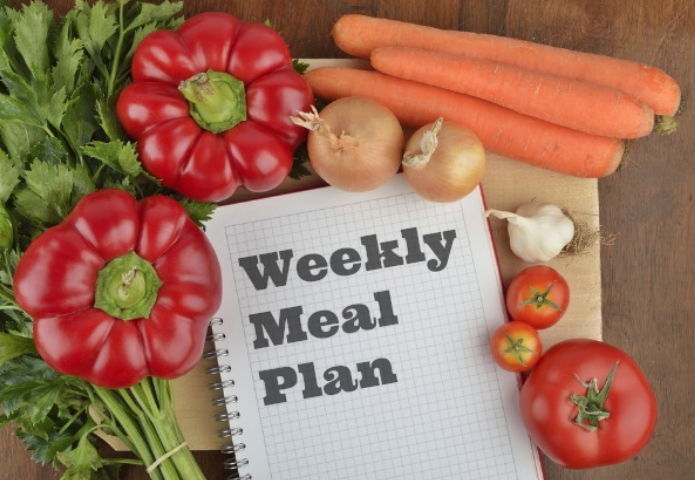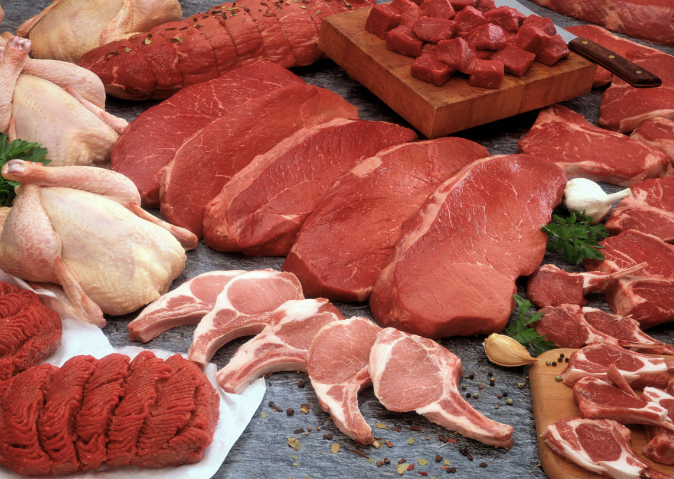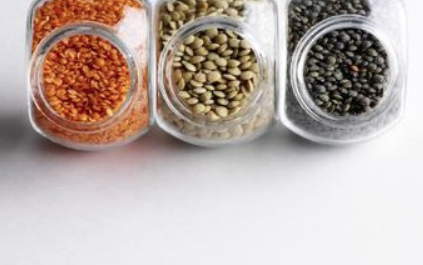Most people assume it’s virtually impossible to save money AND eat healthy. But a lot of times, you’ll actually spend less money on healthy food than if you’re buying all that highly-processed, pre-packaged food. It does take some planning and preparing, so follow these steps to help you get on the right track to Eat Healthy on a Budget:
Make Wise Choices and Save Money on Organic Items
We’re all concerned with consuming unnecessary chemicals in our foods. But before you decide to go “all organic, all the time” and end up spending a ton of money, check out the Environmental Working Group’s “Clean Fifteen” list of fruits and vegetables with the least pesticide load. These are considered clean and perfectly fine non-organic items. The produce determined to have the largest pesticide load are listed as the “Dirty Dozen” and are deemed the fruits and vegetables you should consider buying in their organic form. They’re mostly items with fleshy and tender skins, like fresh berries and lettuce, but surprisingly, you’ll find apples, celery, potatoes and other seemingly “tough” produce also on the list. Aldi, the chain of low-cost grocery stores, has a line of all-natural or organic products ranging from cereal, honey, fruit bars and apple juice, to pasta sauce, pizza, salsa and other snacks. The prices of their organic items are comparable to the prices of non-organic items you’d find elsewhere. So, if you’re an “all-or-nothing organic” shopper, you should definitely be hitting your local Aldi.
Aldi, the chain of low-cost grocery stores, has a line of all-natural or organic products ranging from cereal, honey, fruit bars and apple juice, to pasta sauce, pizza, salsa and other snacks. The prices of their organic items are comparable to the prices of non-organic items you’d find elsewhere. So, if you’re an “all-or-nothing organic” shopper, you should definitely be hitting your local Aldi.
Meal Planning is Vital
Knowing what to serve each day (and having the necessary ingredients stocked) will keep you from eating out, which is expensive and won’t give you as many healthy meal options. Don’t plan your meals based on what you want to eat that week, but instead look at your grocery sales ads and plan your meals around what’s on sale.
Buy In-season Produce
When you buy fruits and vegetable that are in-season, it’s cheaper and nutritionally beneficial. For example, purchasing strawberries in the off-season month of January means the berries were picked before fully ripened and traveled a further distance to reach you, which means they’ve lost more nutrients by the time they get to you.
Get Friendly with your Freezer
I say this all the time: Having a chest freezer is a HUGE way to save money! You can take advantage of loss leaders and deep discounts on meats, dairy, frozen veggies, breads and more. Plus, make double batches of meals and store the extras in the freezer for quick no-hassle dinners down the line. Watch the video here and take a peek inside my freezer.
Use Cheap Cuts of Meat
Less expensive meats, which usually turn out tough in the oven or on the grill, are perfect for using in the crock pot. That cheaper piece of meat becomes tender and juicy after it cooks in the crock pot for 6 to 8 hours. Plus, using your crock pot is more economical than heating up a large oven!
Where’s the Beef?
When making your main course meal, occasionally skip the meat and add lower-priced protein sources, like, lentils, brown rice or quinoa. This is a simple and inexpensive way to expand a meal. Here’s a video with tips on how to save money on organic and healthy foods.
Here’s a video with tips on how to save money on organic and healthy foods.






